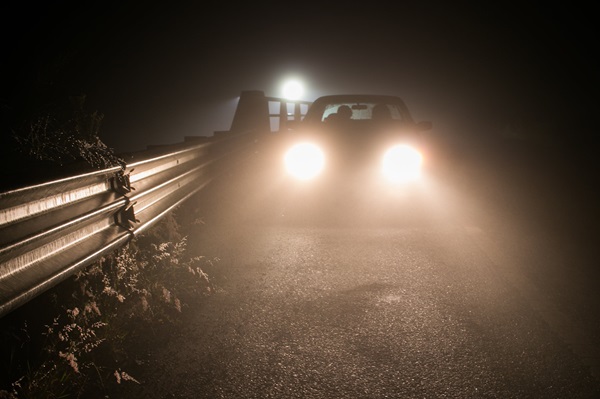 Credit: Pexels
Credit: Pexels
Several European automobile clubs, including the Automobile Club du Luxembourg (ACL), are calling for better regulations on car headlights; according to a recent survey, 71% of motorists reported facing visibility problems during difficult conditions such as darkness, rain and snow.
Although car headlights are becoming more and more technologically advanced, glare on the road remains a factor in road safety. This is what the latest survey carried out by the German automobile club (Allgemeiner Deutscher Automobil-Club - ADAC) in collaboration with the Austrian, Swiss, Belgian and Luxembourg automobile clubs showed.
Between 9 and 20 November 2023, 4,312 people responded to a representative survey in Germany, Austria, Switzerland and Belgium. In Luxembourg, 447 people responded to this survey, a sample too small to be representative. However, the results were reported to be similar to those of their European counterparts.
71% of respondents noted that they faced visibility problems during difficult conditions such as darkness, rain and snow. Only Belgian respondents felt that they were more often faced with visibility problems in sunny conditions.
In all the countries surveyed, high-beam headlights (including adaptive headlights) were considered by far the most dazzling (81% of respondents), followed by low-beam headlights (31%) and rear fog lights (27%). Luxembourg respondents named the rear fog lights more blinding than the low beam lights.
In Germany, 27% of drivers felt regularly (21.7%) or almost always (5%) dazzled by the lights of other vehicles at night. Nearly half of those surveyed, or 49.5%, reported feeling dazzled sometimes. Young drivers are most affected by this glare. The survey shows that among those under 35, 32% reported feeling regularly or almost always dazzled, compared to only 22.6% of those over 50. In total, 22.7% of survey participants feel stressed by glare, and 21.8% even drive less at night because of it. Two-thirds of all respondents found glare bothersome or unbearable. Similar surveys carried out in Austria, Belgium, Switzerland (and Luxembourg) revealed even higher figures.
A consequence of this glare: the majority of motorists “squint” their eyes to try to reduce the inconvenience caused. In the second position, motorists look away and look at another area of the road. A small number of motorists noted they simply turn a blind eye.
Because of the results of the various surveys of their members, automobile clubs, including the ACL, have asked legislators to take into account the great risk of dazzling road users in the design specifications of lamps and headlights. “The current approval conditions within the EU-type approval procedure are insufficient,” noted Dr Reinhard Kolke, Director of the ADAC Technical Centre in Landsberg. This was also the wish of 39% of motorists and members questioned who even wished to make it a priority.
Mobility clubs also proposed limiting the luminance of light sources to reduce glare in road traffic. “A larger headlight with lower luminance provides the same light output as a smaller one with higher density, but it dazzles other road users much less,” explained ADAC lighting expert Burkhard Böttcher.
The ACL added that dirty headlights also represent a safety risk. In addition, motorists should regularly check their vehicle's lighting and have the adjustment checked by a professional. In studies, it was frequently found that many vehicles are driven with defective or poorly adjusted headlights.
The ACL also made a few safety recommendations, reminding motorists to:
- avoid looking into the light beam of oncoming vehicles, and instead focus on their own lane or the right edge of the road;
- turn off the rear fog light as soon as the fog clears - it should only be used when visibility is less than 50 metres and up to a maximum speed of 50 km/h (easy to remember with the 50/50 rule)
- clean the headlights regularly as dirt on the headlight cover can affect the range of the light and also cause dazzling of other road users;
- regularly check the settings on vehicles with manual headlight range regulation, especially when loading, as the light range should then be adjusted downwards.








